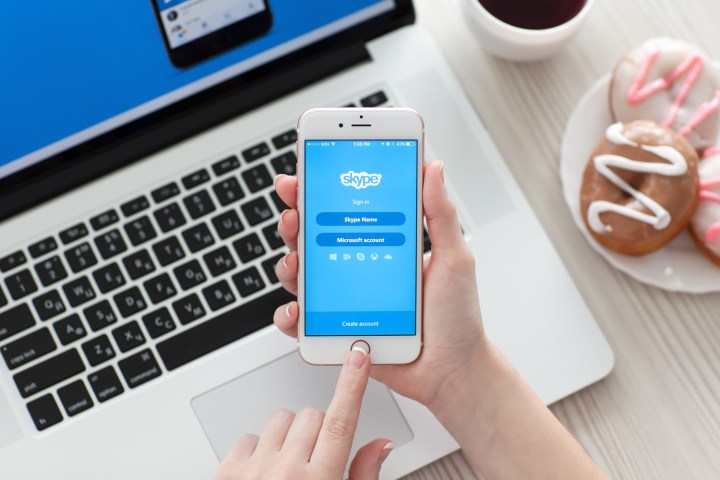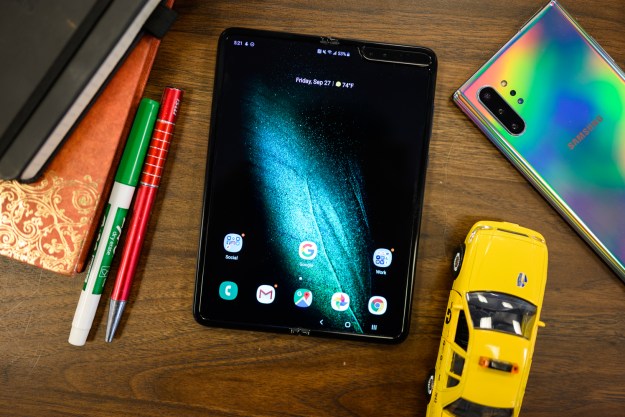
The TV app was first introduced back in 2010 and was adopted by the likes of Panasonic and a range of other TV manufacturers. These days, however, the majority of Americans use smartphones. In fact, while in 2010 smartphone sales sat at around 300 million, since then, they’ve gone up to a massive 1.5 billion in 2015, according to Statista. Because of this, most users now prefer to Skype from their smartphones rather than their TVs.
Of course, there are plenty of ways to Skype on the TV — users can use a device like the Google Chromecast to mirror their smartphone displays on their TV’s screen, for example. So, rather than simply leaving a hole in the market for a video chatting app on the TV, the mobile app is simply taking the reigns.
It’s important to note that Microsoft, which owns Skype, will continue to support the Skype TV app until June of this year. However, after that users of the app are largely on their own, and it will be up to TV manufacturers as to whether or not the app remains on the TV itself.
“TV manufacturers may remove the Skype for TV application from some or all of their models,” said Microsoft in a support article. “If you have questions, please contact your TV manufacturer for information on the availability of Skype for TV on your TV model.”
Of course, even if manufacturers decide to keep the app on their TVs, the apps will likely get buggier and buggier over time.
The decision is very interesting, considering the fact that companies like Apple and Google are betting big on the living room as a next major frontier. Apple recently released its fourth-generation of the Apple TV, and Google has been making waves in living room entertainment with Android TV.
Editors' Recommendations
- Microsoft finally kills this legacy Windows app — for good this time
- YouTube TV just got even better on iPhones and iPads
- 7 beloved Windows apps that Microsoft has killed over the years
- This is Pi — one of the most amazing Android apps I used in 2023
- NordVPN tries to scare you into using its new Apple TV app


